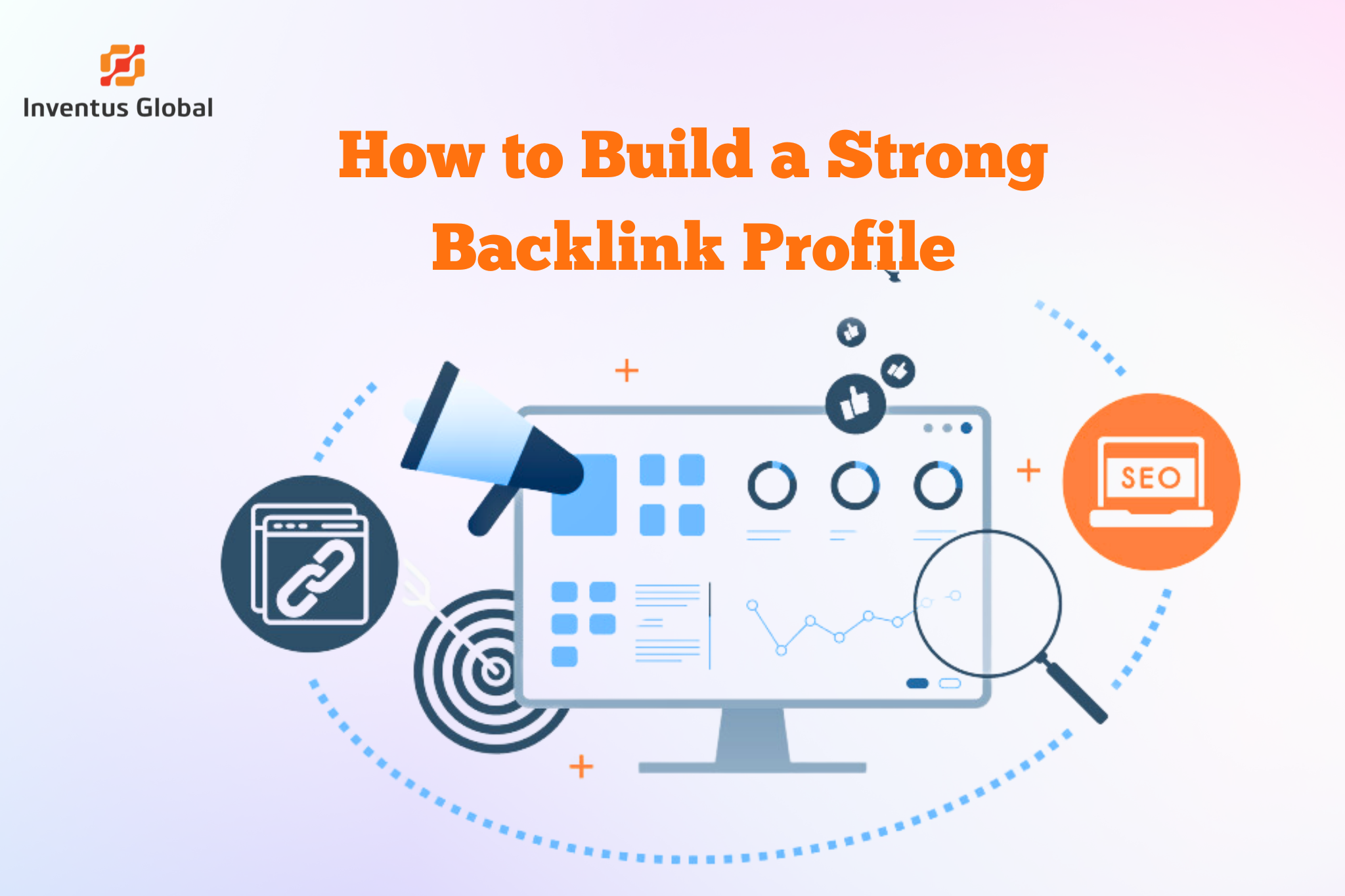Table of Contents
The bounce rate of your website plays a crucial role in its success. If users quickly exit your site without interaction, it could signal a high bounce rate, leading to diminished SEO rankings, poor user retention, and lost conversion potential. At Inventus Global, we understand the importance of reducing bounce rates to create a user-friendly and impactful online presence. In this blog, we’ll discuss 5 strategies to reduce bounce rate on your website, explore tips to improve the bounce rate quickly, and delve into actionable bounce rate reduction strategies to boost visitor retention and implement effective website engagement strategies.
What is Bounce Rate and Why Does it Matter?
Bounce rate reflects the proportion of visitors who arrive on a webpage and exit without engaging further, such as by clicking links, submitting forms, or exploring additional pages. An elevated bounce rate usually points to problems such as irrelevant content, poor website usability, or technical glitches. A reduced bounce rate contributes to better SEO rankings, increased user engagement, and improved conversion opportunities.
Visitor retention is enhanced when your website provides intuitive navigation and content that aligns with user expectations. Incorporating these tactics into your strategy can contribute to significant SEO improvement tips.
1. Improve Your Website’s Load Time
A slow-loading website is one of the primary reasons for a high bounce rate. Users expect a page to load within two to three seconds. Any delay can frustrate visitors, causing them to abandon your site.
Tips to Improve Bounce Rate Quickly Through Faster Load Times:
Optimise Images: Use compression tools like TinyPNG or ImageOptim.
Enable Browser Caching: Reduce load times for repeat visitors.
Minimise Code: Eliminate unnecessary CSS, JavaScript, and HTML.
Use a Content Delivery Network (CDN): Speed up content delivery across regions.
Akamai’s studies reveal that a single second of additional load time may lead to a 7% decrease in conversion rates.
Addressing these performance problems helps to reduce bounce rate for better SEO, and elevate user satisfaction levels.

2. Create High-Quality, Relevant Content
Content relevance and quality directly impact whether a visitor stays on your site. Visitors land on your page searching for specific information, and if they don’t find it, they’re likely to bounce. Creating engaging, informative, and actionable content is one of the best bounce rate optimisation tips.
Content Strategies to Reduce Bounce Rate on Your Website:
Use clear headlines that match user intent.
Provide actionable solutions or answers to user queries.
Format content with bullet points, images, and subheadings for easy readability.
Regularly update outdated content to ensure accuracy.
An organised content plan improves visitor retention by capturing their interest and encouraging deeper site exploration. For example, using case studies or success stories on your service pages can effectively reduce bounces and encourage conversions.
Pro Tip: Use internal links to guide visitors to related pages, helping them discover more value on your website.

3. Optimise for Mobile Users
As over 60% of global web traffic now originates from mobile devices (Statista, 2023), a poorly optimised mobile site can significantly increase bounce rates. Improving your mobile site experience is essential for reducing website bounce rate effectively.
Mobile Optimisation Tips:
Responsive Design: Make your site adaptable to all screen dimensions, ensuring it looks great on every device.
Mobile-Friendly Navigation: Use simple menus and touch-friendly buttons.
Accelerated Mobile Pages (AMP): Optimise your site for lightning-fast loading on mobile platforms.
To implement effective website engagement strategies, having a mobile-optimised site is key to delivering a seamless user experience on any device.

4. Enhance Website Navigation
A confusing or cluttered website navigation can deter users from exploring further. Effective navigation encourages visitors to stay longer, reducing bounce rates.
Navigation Improvements:
Use intuitive menus that categorise content clearly.
Include search functionality for better user experience.
Highlight popular pages or related content through internal links.
Add breadcrumbs to help users track their location on your site.
Effective navigation plays a key role in bounce rate reduction strategies by helping users quickly locate the information they need.
Explore Inventus Global’s expert website design and development services to create user-centric navigation that retains visitors.

5. Use Strategic Internal Linking
Strategic internal links encourage users to explore more pages, extending their visit and reducing the likelihood of bouncing. Linking to valuable, contextually relevant pages creates a seamless user journey.
Internal Linking Tactics:
Integrate links to relevant blog posts or service pages seamlessly within your content.
Ensure anchor text is clear and descriptive, helping users understand what to expect on the linked page.
Highlight testimonials, case studies, or resources to provide more information.
Strategic internal linking not only improves visitor retention but also boosts your overall SEO improvement tips strategy.

Why Reducing Bounce Rate is Essential for SEO
A high bounce rate suggests your site may be falling short of user expectations, potentially damaging your SEO rankings. By implementing these tips to improve the bounce rate quickly, you can enhance user engagement and reduce the bounce rate for better SEO, leading to higher search engine rankings and conversions.
Let Inventus Global Help You Reduce Your Bounce Rate
Struggling with a high bounce rate? Partner with Inventus Global to implement bounce rate optimisation tips tailored to your business. Our team of digital marketing experts specialises in website design, content strategy, and SEO to enhance user engagement and drive results.
Contact us today to learn how our services can help your business grow online. Let’s optimise your website for success!
FAQ
How does bounce rate impact SEO?
Bounce rate indirectly affects SEO by indicating user engagement levels. Elevated bounce rates can negatively impact search engine rankings, often resulting from a subpar user experience.
What is a good bounce rate?
Bounce rate benchmarks can differ significantly based on the industry type. For content-driven websites, 40-60% is considered acceptable, while for e-commerce sites, a rate below 40% is ideal.
Can outdated content cause a high bounce rate?
Yes, outdated or irrelevant content can lead to higher bounce rates. Regularly updating your content ensures accuracy and user engagement.






